Pakistan evacuates 600,000 in Punjab as Sindh braces for floodwater inflows
Punjab CM hails relief efforts; PDMA warns of high floods in Sutlej, Ravi, and Chenab rivers until Sept 3
News Desk
The News Desk provides timely and factual coverage of national and international events, with an emphasis on accuracy and clarity.

Haider Amin
Correspondent, Nukta
Haider Amin is a multimedia broadcast journalist with an experience of almost 18 years. Served media industry as reporter, associate executive producer and head of packaging department.
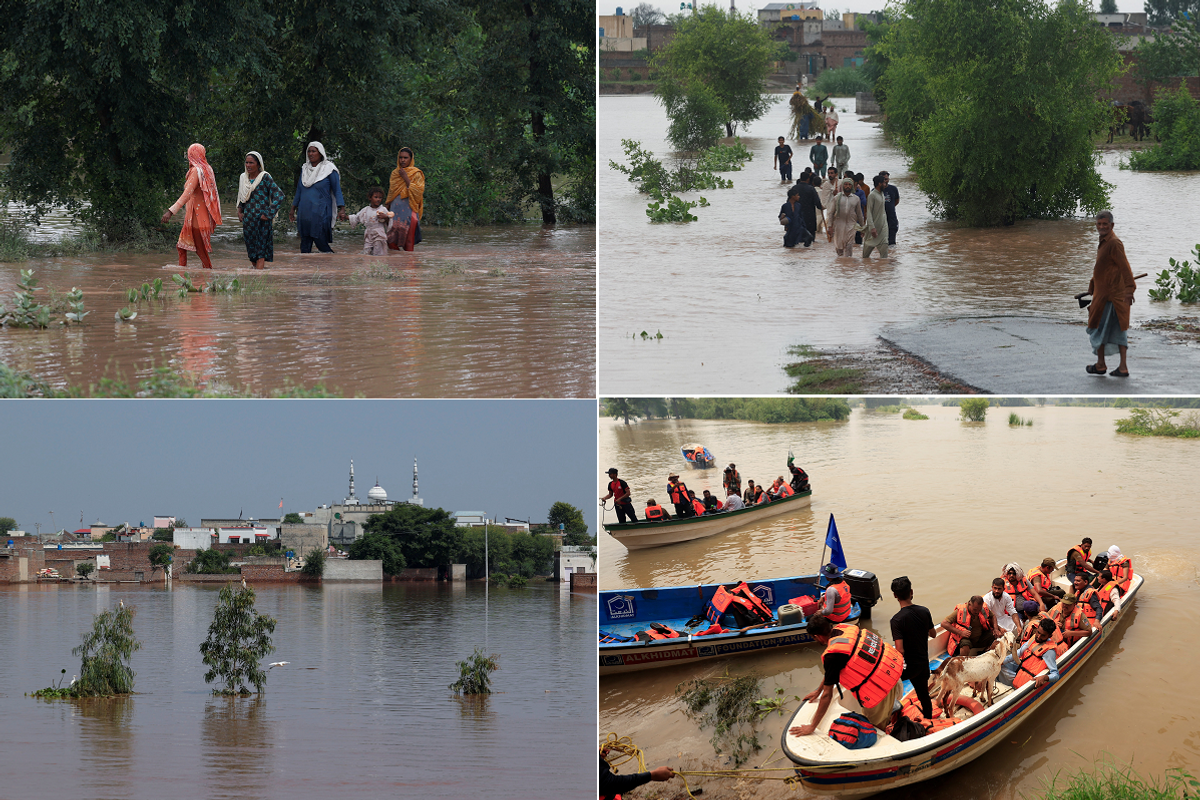
This collage shows different areas of Punjab impacted by the recent floods.
Nukta
Pakistani authorities have issued a flood alert, warning of severe flooding in the Sutlej, Ravi, and Chenab rivers following heavy rainfall in India’s Madhya Pradesh region.
The rising water levels in these rivers are posing an immediate risk of overflow, particularly in Punjab, where authorities are on high alert.
As floodwaters move downstream, Sindh is preparing for the anticipated inflow from Punjab, with authorities intensifying their response efforts.
600,000 evacuated in Punjab so far
Punjab's Chief Minister Maryam Nawaz said that around 600,000 people and 450,000 animals have been evacuated from flood-hit areas, marking what she called the “biggest evacuation and rescue operation in our history.”
Speaking at a press briefing, she attributed the crisis to both persistent rainfall and the opening of spillways by India, which has caused water surges into Pakistan’s rivers.
She stressed the challenges faced, particularly in areas such as Jhang, Muzaffargarh, Multan, and Okara, where evacuation efforts remain critical.
Severe flood risk for Punjab, Sindh
The Provincial Disaster Management Authority (PDMA) has projected significant surges in floodwaters, with Sindh particularly concerned about the expected inflow from Punjab. Floodwaters are anticipated to surge into Sindh by the night of September 2 or 3, following the continuous rainfall and rising river levels in Punjab.
The Guddu Barrage, a crucial water control structure on the Indus River, is expected to face unprecedented inflows, putting downstream communities at risk.
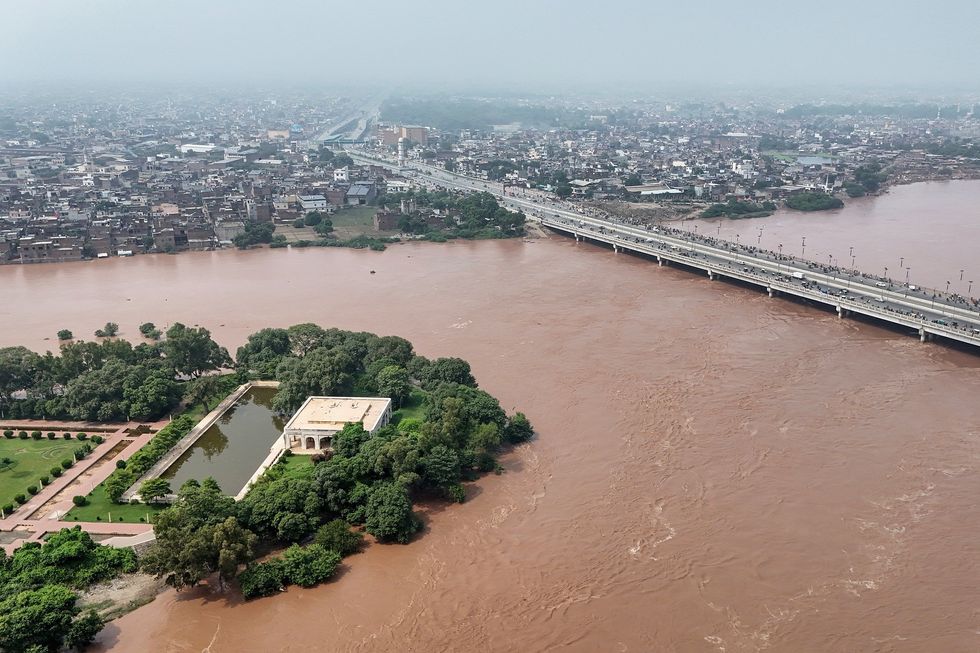
Senior Minister Sharjeel Inam Memon, at a presser today, confirmed that the Sindh government is fully prepared for the impending crisis, deploying 192 rescue boats, 565 private boats, and 36 mobile health units to assist in evacuation and relief efforts.
The floods are expected to impact 1.65 million people across 15 districts, with 167 Union Councils and 116 villages at risk. Emergency measures have already been implemented, including fortification of 102 vulnerable points identified in previous floods.
Flooding to persist until Sep 3
The PDMA Punjab has warned that exceptionally high flood levels in the Sutlej, Ravi, and Chenab rivers will continue until September 3.
Critical flood levels are being reported at Ganda Singh Wala on the Sutlej River, with authorities urging residents to remain vigilant. The situation is also dire at the Chenab River near Head Trimmu, where authorities are monitoring the conditions closely.
Humanitarian crisis worsens
Severe flooding has already displaced nearly 600,000 people in eastern Pakistan. Over 2,300 villages in Punjab have been inundated as water levels in the Sutlej and Chenab rivers surged, compounded by upstream discharges from India.
The Sutlej River at Ganda Singh Wala reached a peak of 385,000 cusecs - its highest in decades - before receding slightly to 303,000 cusecs, signaling a dangerous ebb and flow. The monsoon floods have already claimed 30 lives, and over 500 relief camps have been established to provide shelter for displaced families and livestock.
Authorities are urging the public to stay informed through real-time flood alerts and cooperate with evacuation measures when needed. The PDMA helpline (1129) remains operational for assistance.
Shifting weather patterns
Officials have linked the flooding to shifting weather patterns, with Pakistan experiencing increasingly severe monsoons in recent years. The 2022 floods, which killed over 1,000 people and destroyed infrastructure, still loom large in public memory.
This year, the convergence of weather systems from the east, south, and west has exacerbated the crisis. Planning Minister Ahsan Iqbal acknowledged that while climate change is intensifying the country’s vulnerability, adequate preparedness can still help manage the situation.
Cross-border water release
On the other side of the India-Pakistan border, river levels in the Himalayas began to recede after heavy rains, but Pakistani officials have expressed concern over the water releases from Indian dams, which have worsened the flood situation.
India routinely releases water from its dams when they reach full capacity, and this week, India issued three flood warnings to Pakistan as a humanitarian measure.
Despite these warnings, both countries are grappling with the compounded effects of the ongoing monsoon season, complicating regional disaster management efforts.


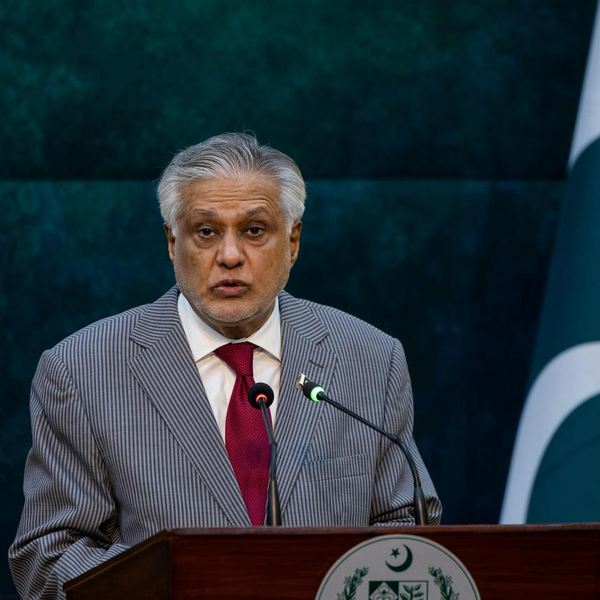
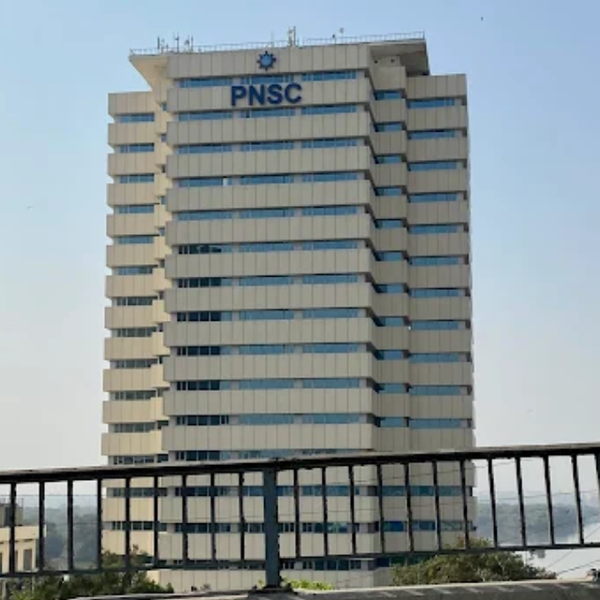

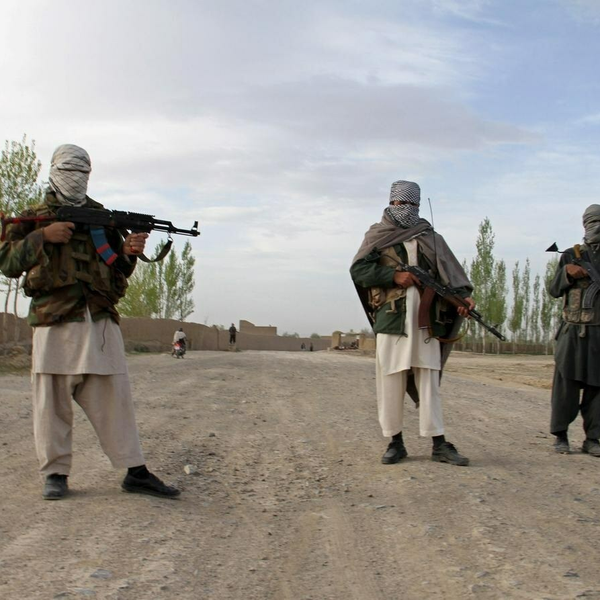

Comments
See what people are discussing